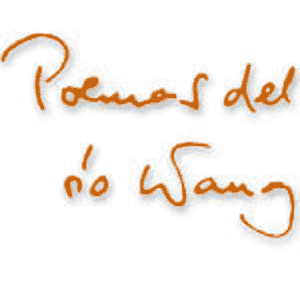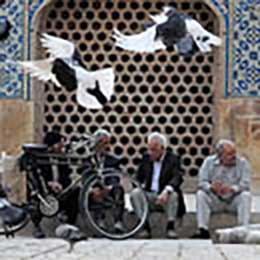![]()
 The lintel of the Metekhi Church gate has been polished bright over eight hundred years by the kisses of worshippers entering the church. The church, perched on a rock by the river in the heart of Tbilisi, was built in the 5th century by King Vakhtang Gorgasali, the founder of the city, as the chapel of his palace. After the Mongol destruction, Demetrius II rebuilt it between 1278 and 1284, following the original plan and style, which by then was already considered archaic—a very early example of historicism. The next planned destruction would have been in 1937, when Beria, during the clearing of old Tbilisi, wanted to demolish this emblematic building as well. To save it, the city’s intelligentsia organized a society led by the painter Dimitri Shevardnadze. Beria supposedly offered Shevardnadze privately that if he ceased his resistance, he would be made director of the Tbilisi Museum. The painter, who refused, died in prison later that same year. The church, however, somehow survived. It was converted into a theater, and following a hunger strike by Georgian intellectuals, it was returned to the Georgian Orthodox Church in 1988.
The lintel of the Metekhi Church gate has been polished bright over eight hundred years by the kisses of worshippers entering the church. The church, perched on a rock by the river in the heart of Tbilisi, was built in the 5th century by King Vakhtang Gorgasali, the founder of the city, as the chapel of his palace. After the Mongol destruction, Demetrius II rebuilt it between 1278 and 1284, following the original plan and style, which by then was already considered archaic—a very early example of historicism. The next planned destruction would have been in 1937, when Beria, during the clearing of old Tbilisi, wanted to demolish this emblematic building as well. To save it, the city’s intelligentsia organized a society led by the painter Dimitri Shevardnadze. Beria supposedly offered Shevardnadze privately that if he ceased his resistance, he would be made director of the Tbilisi Museum. The painter, who refused, died in prison later that same year. The church, however, somehow survived. It was converted into a theater, and following a hunger strike by Georgian intellectuals, it was returned to the Georgian Orthodox Church in 1988.
Saturday is wedding day at Metekhi. In the churchyard, several couples and their families mingle while waiting for their turn, while beggars, Roma, and wedding photographers hope for some income in front of the gate. In the church’s single small hall, multiple ceremonies take place at the same time, as worshippers pray at the iconostasis, light candles before icons, line up for blessings, and retreat to corners to confess or seek advice.








Add comment